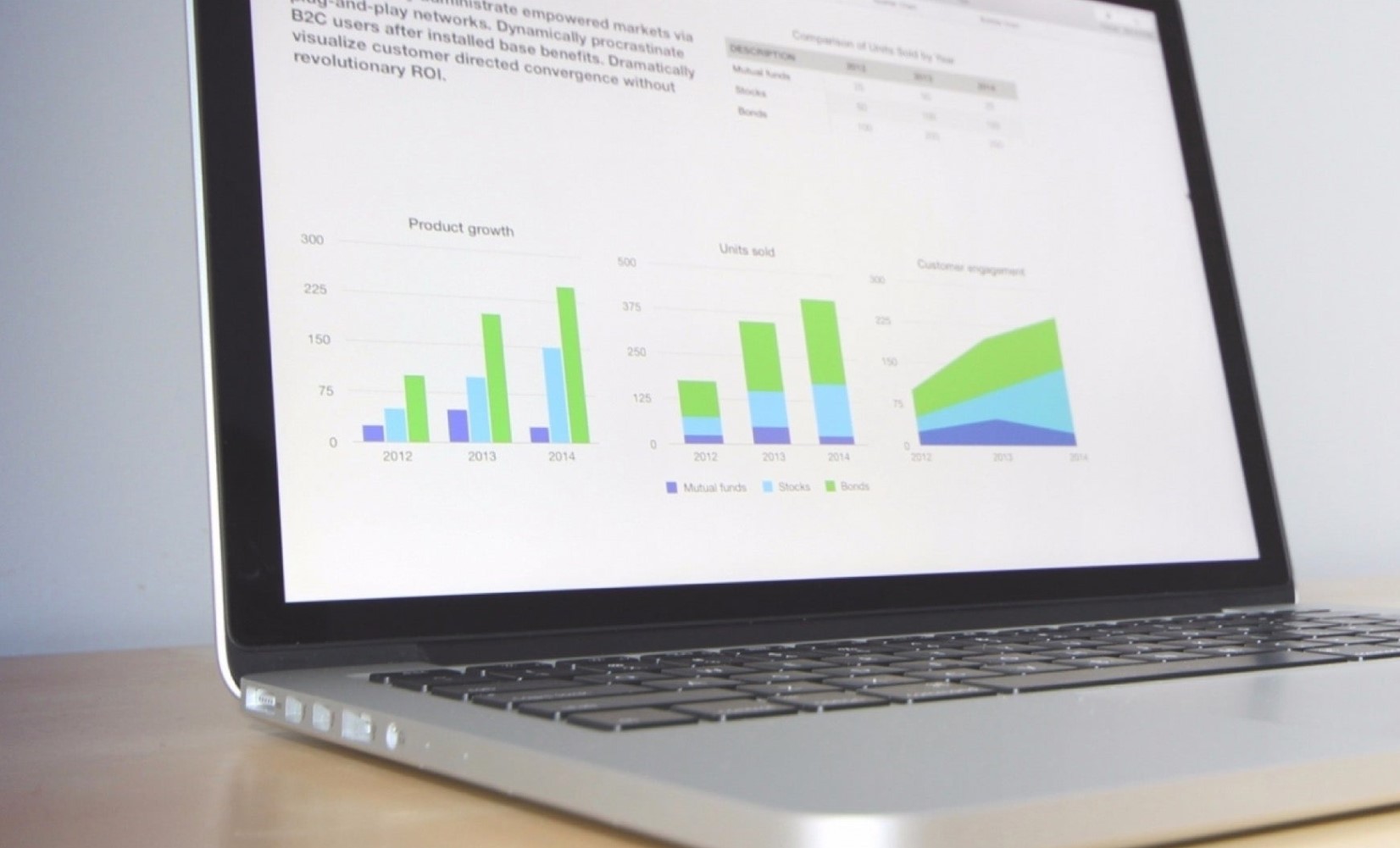Content marketing has become an essential aspect of digital strategies for businesses of all sizes. However, creating great content is not enough; you need to measure the engagement of your content to ensure its effectiveness and make data-driven decisions. This article will guide you through the process of measuring content engagement, providing valuable insights on how to optimize your content efforts.
Importance of Measuring Engagement
Measuring content engagement is vital for several reasons. Firstly, it helps you gauge the effectiveness of your content in reaching and resonating with your target audience. It also provides insights into audience behavior, preferences, and interests, which can inform future content creation.
Defining Content Engagement
Before diving into measurement techniques, let’s define what content engagement means. Content engagement refers to the level of interaction and involvement that users have with your content. It encompasses various actions, such as social media shares, likes, comments, time spent on a page, click-through rates, and conversions.
Key Metrics for Measuring Engagement
To effectively measure content engagement, you need to track specific metrics. Some key metrics include:
a) Social Media Engagement
Social media platforms offer a wealth of engagement data. Monitoring metrics like likes, comments, shares, and mentions can provide valuable insights into how your content is resonating with your audience.
b) Email Campaign Engagement
For measuring engagement in email campaigns, metrics such as open rates, click-through rates, and unsubscribe rates are essential. They help you understand how engaged your subscribers are with your content.
c) Website Analytics
Website analytics provide valuable information about user behavior. Metrics like time on page, bounce rate, and pages per session indicate how engaging your content is and whether visitors are finding value in it.
d) Conversion Rates
Tracking conversion rates is crucial for determining the effectiveness of your content in driving desired actions. Whether it’s signing up for a newsletter, making a purchase, or filling out a form, measuring conversions helps you assess content performance.
Tracking User Behavior
Understanding user behavior is key to measuring engagement accurately. Utilize tools like Google Analytics, which provide insights into user flow, behavior flow, and the pages that generate the most engagement. This information helps identify content gaps and opportunities for improvement.
Analyzing Social Media Metrics
Social media platforms offer built-in analytics tools that provide a wealth of information on engagement. Use these tools to track the reach, impressions, engagement, and demographic data of your content. Analyzing these metrics allows you to optimize your content strategy for better engagement.
Measuring Email Campaign Engagement
Email marketing is a powerful tool for engaging with your audience. To measure engagement, analyze metrics like open rates, click-through rates, and conversion rates. Segmenting your email list and personalizing content can also enhance engagement.
Utilizing Heatmaps and Click Tracking
Heatmaps and click tracking tools offer visual representations of user behavior on your website. Heatmaps show where users are clicking, scrolling, and spending the most time. Analyzing this data helps you identify areas of high engagement and optimize your content layout accordingly.
Conducting Surveys and Feedback
Direct feedback from your audience provides valuable insights into their preferences and expectations. Conduct surveys, polls, and collect feedback to understand what content resonates with your audience and what improvements they desire.
Using A/B Testing for Engagement Optimization
A/B testing involves creating two versions of a piece of content and comparing their performance. By testing different headlines, visuals, calls to action, or content formats, you can identify the elements that resonate best with your audience, leading to higher engagement.
Here is the list of key points regarding using A/B testing for engagement optimization:
- A/B Testing: A/B testing involves creating two versions (A and B) of a piece of content and comparing their performance to determine which version performs better in terms of engagement.
- Test Variables: When conducting A/B tests, you can experiment with different variables such as headlines, visuals, calls to action, content formats, or even entire landing pages.
- Set Clear Objectives: Before starting an A/B test, define clear objectives and metrics that you want to measure. It could be click-through rates, time on page, conversion rates, or any other relevant engagement metric.
- Test Sample Size: Ensure that your test sample size is statistically significant to obtain reliable results. Testing on a small sample may not yield accurate insights.
- Randomize and Split Traffic: To conduct a fair A/B test, it’s important to randomize and split the traffic evenly between the two versions. This ensures that any differences in performance can be attributed to the changes made.
- Test Duration: Determine the appropriate duration for your A/B test. It should be long enough to gather sufficient data, but not too long that it affects other aspects of your content strategy.
- Analyze Results: Once the test is complete, analyze the results based on the predefined metrics. Identify the version that performed better in terms of engagement and statistically significant differences.
- Implement Successful Changes: If Version B outperforms Version A, consider implementing the changes from Version B into your content strategy. This could include using the more engaging headline, visual, or content format.
- Iterative Testing: A/B testing is an iterative process. Continuously test and refine your content based on the insights gained from previous tests to improve engagement over time.
- Document and Learn: Keep a record of your A/B testing experiments, including the variables tested, results, and lessons learned. This documentation will help you make data-driven decisions in future content optimization efforts.
Monitoring Time on Page and Bounce Rate
Measuring the average time users spend on a page helps determine whether your content captures their attention. A low bounce rate indicates that visitors find value in your content and are exploring further. Analyzing these metrics helps you identify areas of improvement and optimize engagement.
Analyzing Conversion Rates
Conversion rates are a critical metric for evaluating the effectiveness of your content in driving desired actions. Analyze conversion rates across different content pieces to identify which topics, formats, or strategies generate the highest engagement and conversions.
Understanding Customer Journey
Mapping the customer journey helps you understand how users interact with your content throughout their decision-making process. By identifying touchpoints and analyzing engagement metrics at each stage, you can tailor your content to guide them effectively, ultimately increasing engagement and conversions.
Implementing Engagement Strategies
Based on the insights gained from measuring engagement, develop strategies to enhance content engagement. This may involve refining your content creation process, leveraging user-generated content, personalizing experiences, or experimenting with interactive content formats.

